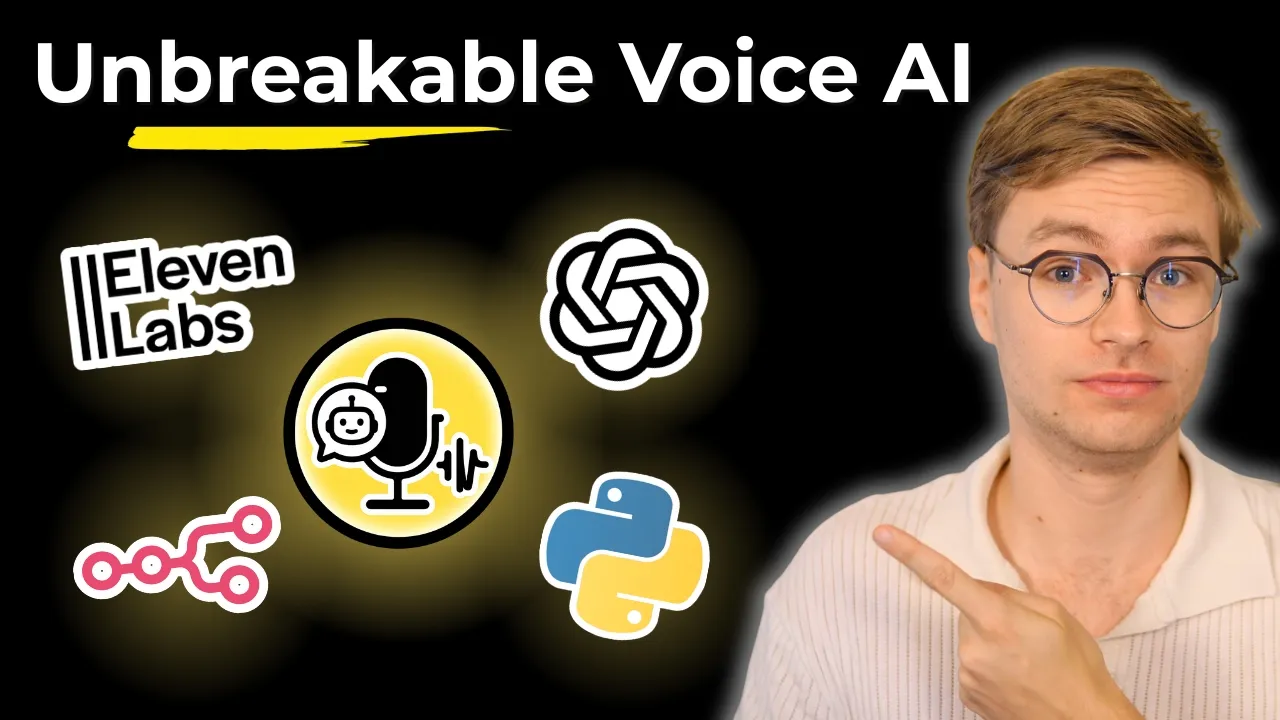Custom AI Voice Agent for Logistics
Delivery operations depend on timely updates and accurate exception handling. A typical voice bot rarely delivers. It fails to capture key details, loops on the wrong question, or leaves customers confused about next steps. In the video, I demonstrated the moderator pattern that fixes those failures. By pairing an AI voice agent with a moderator that tracks progress and tone, logistics teams can scale proactive calls without sacrificing clarity.
The Delivery Follow-Up Problem
Courier and freight teams run high-volume outreach: confirming arrivals, collecting proof of delivery notes, and handling complaints when something goes missing. Simple prompts fall apart when a customer adds extra context or vents about delays. The agent forgets to log the issue category, skips the promised resolution, or refuses to acknowledge frustration. That is how customer satisfaction drops and support queues fill up.
The moderator pattern adds a dedicated coach that listens to the entire transcript, references a shared checklist, and feeds the agent structured guidance. In the demo, it reminded the agent to capture downtime details and improvement ideas. In logistics, it can ensure the agent records shipment IDs, confirms delivery condition, and triggers the right follow-up path.
Designing the Logistics Checklist
Map the essential data every delivery call should capture:
- Shipment identifier and delivery time confirmation
- Condition of goods and any damage description
- Recipient availability for redelivery or pickup
- Preferred resolution steps and urgency level
Include these items in the shared prompt so the moderator can identify gaps instantly. When the agent misses a field, the moderator suggests a question that fits the situation. This structured approach aligns with the operational templates in AI Agent Documentation Maintenance Strategy, keeping your teams in sync as routes and service levels change.
Keeping Tone Professional and Helpful
Logistics calls often involve stressed customers. The moderator guides the agent to acknowledge the situation, reinforce next steps, and stay calm. It can propose phrases that:
- Apologize for delays without overpromising
- Clarify what information is still needed
- Offer escalation options when shipments are missing
That real-time coaching changes the experience from robotic to reassuring. For more on collaborative agent behavior, revisit AI Agents Think Like Senior Engineers. It highlights why these systems need senior-level judgment baked into the loop.
Turning Transcripts Into Operational Intelligence
Moderated calls produce structured data your ops leaders crave. With consistent checklists, you can surface:
- Trending damage categories tied to specific routes
- Bottlenecks in redelivery processes
- Customer sentiment signals that predict churn
Pair that insight with the measurement habits in AI Agent Evaluation Measurement Optimization Frameworks. You will know exactly how the agent impacts first-contact resolution, support deflection, and customer satisfaction.
Rolling Out in Phases
Pilot the moderated agent on a single delivery segment, such as high-value shipments or urban routes with frequent reschedules. Compare its performance against human-led calls, refine the checklist, and update moderator coaching to reflect real-world transcripts. Once the data proves reliable, expand region by region while keeping supervisors involved through regular review sessions.
Next Steps
Watch the video walkthrough to understand how the moderator packages checklist updates, coaching, and suggested prompts in real time. Then adapt the pattern to your delivery workflows. Inside the AI Native Engineering Community we share logistics-focused scripts, escalation trees, and performance dashboards that accelerate deployment. Join us to build a voice agent that keeps deliveries on track and customers confident.

